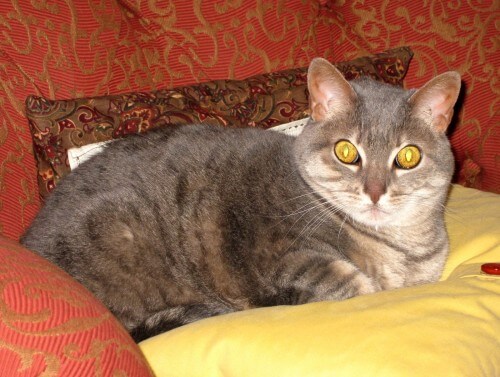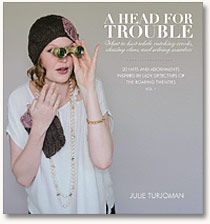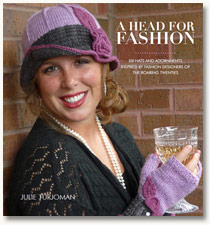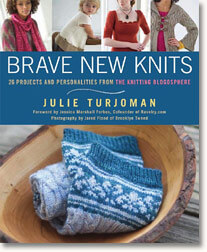Yesterday I ventured out into the rain to the post office, where I mailed a large padded envelope containing a light scarf. I used the post office’s time-saving Automated Postal System machine in the outer lobby, which I do as often as possible to avoid the long lines inside. Excellent – check one chore off the list.
From that point on, rain literally spewed down from the sky like Niagara Falls at full capacity, complete with high winds and hail. Open-your-mouth-facing-skyward-and-you’ll-drown kind of rain. I enjoyed watching it from indoors, knowing I didn’t have to go back outside.
Then today’s mail arrived, including the very same large padded envelope that I had posted just yesterday. Returned due to “Insufficient Postage.” How, you might ask, is this possible, when I had used the U.S. Postal System’s own automated postal machine, located on the premises of our local post office? Well, I wondered that myself.
I returned with said envelope to the post office today (still raining, though fortunately not as hard as yesterday’s deluge) and stepped up to the counter with this very question. The personality-free postal employee informed me that the size of my padded envelope meant it was not actually, despite all appearances to the contrary, an envelope, but instead had mysteriously been designated a “parcel.”
This, despite the fact that it was totally flat, padded, and contained an adhesive flap at one end. Oh, silly me. How could I possibly have mistaken this article for an envelope when obviously it’s a parcel?
Of course, “parcels” are more expensive to mail than “envelopes.” And of course, nowhere on the Automated Postal System’s machine does it tell the unsuspecting individual anything whatsoever about this bizarre and seemingly arbitrary fact. So, I ponied up the additional postage and headed back out into the rain, muttering under my breath.

Shadow just wants to know why nobody licks envelope flaps anymore – licking being a special talent of hers.




I love it – “personality-free”! There are so many of these non-charmers in service professions. Where was the guidance when they were choosing a career? 🙂